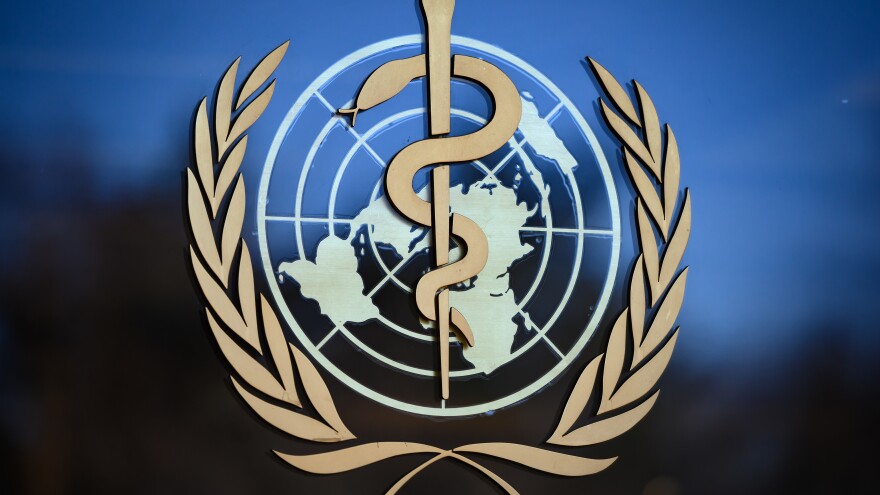A World Health Organization official says the evidence so far shows that the virus that causes COVID-19 is primarily transmitted through "respiratory droplets and contact routes" — from coughs and sneezes — and doesn't seem to linger in the air.
The WHO's guidance, first published Friday, has been met with some criticism from virus transmission experts.
Dr. Hanan Balkhy, assistant director-general for antimicrobial resistance at the WHO, talked with All Things Considered on Monday about the organization's guidelines. Here is an excerpt.
How much evidence do you need to persuade the WHO to rethink or update or think differently about transmission of COVID-19?
We don't need to be persuaded but we need to have the evidence that it actually is being spread through a specific route that we're not seeing right now. ... Let me give you a simple example. We have hospitals that have worked on developing units for COVID patients. And those patients have coughing, sneezing, in ICUs, they're scoping them.
If we were to have airborne transmission, we would see cases with no contact before getting ill with that disease. That's just one example.
And we're not seeing that. I think when you look at the sheer number of positive cases, they're happening with very clear mixing and mingling. They're very close with each other. ... That does not indicate airborne transmission.
So if I hear you correctly, you're not discounting other studies or other views on this, you're just saying: Until we have solid evidence otherwise, past similar coronaviruses and what evidence we do have thus far points to it being mostly spread by droplets, not airborne.
Yes, absolutely. We do believe that the WHO has to give guidance for the globe. And I want to reemphasize the situation of the scenarios where you need to do a risk assessment where you would apply airborne isolation because you have specific high-risk areas in your facility that does not allow for proper cleaning, proper hygiene. I cannot put a patient in a negative pressure room to do a bronchoscope for example, so I have to apply certain measures based on the scenario that I have at hand. But the general guidance is that this is transmitted through droplets and contact routes.
The audio version of this interview airs on All Things Considered Monday afternoon.
Copyright 2020 NPR. To see more, visit https://www.npr.org. 9(MDAyNDY5ODMwMDEyMjg3NjMzMTE1ZjE2MA001))


